Истории про кофе, мельницы и любовь
Старинные кофемолки - устройства очень красивые, некоторые напоминают ручную мясорубку, а некоторые (колесные)- загадочные средства передвижения:)
Первоначально зёрна кофе измельчались при помощи большой ступы и деревянного пестика-колотушки. Арабы применяли этот способ задолго до того, как кофе попал в Европу. При использовании такого способа добиться тонкого помола практически невозможно, но для приготовления традиционного бедуинского кофе тонкий помол и не требовался.Позднее кофе стали молоть с использованием жерновов.
Обычная ручная кофемолка состоит из двух жерновов, расстояние между которыми может изменяться при помощи специального винта. Чем сильнее закручен этот винт, тем меньше расстояние между жерновами и тем тоньше помол. Зёрна засыпаются через воронку между двумя жерновами, один из которых жёстко закреплен, а другой вращается при помощи ручки.
Европейские ручные кофемолки обычно имеют форму куба с небольшим выдвигающимся ящичком, куда ссыпается только что помолотый кофе. Европейская кофемолка неудобна тем, что её неподвижную часть — деревянный короб — неудобно фиксировать одной свободной рукой.
Таким образом, если на европейской кофемолке настроить тонкий помол, молоть кофе станет крайне неудобно — плохо зафиксированный короб из-за большого усилия будет ползать по столу. Поэтому европейские ручные кофемолки иногда крепят к неподвижным поверхностям — стенам или столам.
---------------Настенные кофемолки- Wall Mills 
Arcade Manufacturing Company, Freeport, IL: Bell Mill No. 1 with oak backing board, metal parts Arcadian bronze. 
Arcade Manufacturing Company, Freeport, IL: Crystal No. 2 (circa 1900). Published documentation could not be found for this particular mill but is thought by many to be the only version produced under Arcade’s Crystal line of canister mills to carry the No. 2 designation.
Arcade Manufacturing Company, Freeport, IL: Crystal No. 3 (blue)(circa 1910). Perhaps the most popular coffee mill ever produced, it was available in black, blue, white, nickel plate and oxidized copper and came with a catch cup that was embossed with the model No. 3 embossed into its bottom and measure marks on the side.
Arcade Manufacturing Company, Freeport, IL: Golden Rule, made for the Citizens Wholesale Supply Company (circa 1900 to 1920), cast iron front came painted bright red or Arcadian bronze.
Atlantic Manufacturing Comapny
Referred to as the Rapid Coffee Mill from Orange, New Jersey. Little is known about this mill. A bean hopper label found on an eBay mill suggests this model may have been manufactured by a company called the Culinary Mfg. Co. This particular model was nickel plated.
Freidag Manufacturing Company, Freeport, IL: ‘Diamond Cut’ Canister Mill, circa 1920 with pinch-clamp ‘fineness’ adjuster. Montgomery-Ward was the primary retailer of Freidag mills. Its founder, William Freidag, went on to become the general superintendent of the Arcade Mfg. Co. when his company was forced to close in the early 1930’s when the Depression Era struck.
Wrightsville Hardware Company, Wrightsville, Pennsylvania: WHC bought the Logan & Strogridge Co. around 1906 and continued manufacturing the same mills and only changed the label.
Steinfeld Brothers
Steinfeld Brothers, New York, New York: circa 1907
-----------------Antique Side/Clamp Mills ----прикручивающиеся кофемолки
Arcade Manufacturing Company, Freeport, IL. Considered a novelty in construction being assembled without any screws, this mill was very popular and durable. With a simple twist of the hopper, the entire mill is open for easy cleaning. It came in three sizes, 77 being the smallest, 87 and then 97
Koffee Krusher E. C. Simmons Hardware Company, St. Louis, MO.
Charles Parker, Meriden, CT. Referred to as an Eagle Side Mill, this mill was the smallest of six similarly designed mills. The advantage of this particular design was that the 'fineness' adjustment was on the front of the grinder. 
Peck, Stow and Wilcox, Southington, CT
---------------------Antique Double Wheel Mills- двухколесные ---------------------------
Charles Parker Company, Meriden, CT: circa 1897, weighs 41 pounds, has 12" diameter wheels and is 17" tall.

Enterprise Manufacturing Company, Philadelphia, Pennsylvania; circa 1877. Referred to as the 'Baby 2' by collectors since its wheels are 7-1/2" in diameter. A later version #2 came with 8-3/4" wheels.
Enterprise Manufacturing Company, Philadelphia, Pennsylvania: circa 1875. 36" high, weighs 115 lbs., wheels 25" in diameter, brass hopper.
Enterprise Manufacturing Company, Philadelphia, Pennsylvania: circa 1875. 28-1/2" high, wheels 17" in diameter.
National Specialty Manufacturing Company, Philadelphia, Pennsylvania: circa 1900, with copper or brass hopper, 10-1/2" wheels, 22" tall.
--------------Antique Box Mills - коробочные---------------------
Arcade Manufacturing Company, Freeport, IL: Raised hopper, hinged lid, hardwood box, bronzed iron parts. Two variations of the same model shown; smooth top & ornate embossed top. 6" x 6" x 8-1/2" The nickel version of this mill was given model number 657.
Telephone
Arcade Manufacturing Company, Freeport, IL: Circa 1897 to 1918, one of 3 different versions this one has the ability to be used as a table top model or it could be mounted to a wall. Made for either coffee or spices, it held one pound. 13" x 7" x 4-1/2"
Arcade Manufacturing Company, Freeport, IL: Favorite No. 700 box mill, 1891 patent by the Morgan Brothers, raised black-enameled hopper with handle to hold while grinding, tin hopper cover. 7” square x 7” high.
Landers, Frary and Clark, New Britain, CT: patent dates 1877 and 1878, one of the earliest box mills made by LF&C. This model was made in two sizes; 5-1/4" square and 5-7/8" square, both have ornately embossed tops.
Landers, Frary and Clark, New Britain, CT: 
Logan and Strobridge, New Brighton, PA:
Charles Parker Company, Meriden, CT: circa 1890. 
Peck, Stow and Wilcox, Southington, CT: circa 1879. Referred to as the 'International' #4000, gold-bronzed iron top, sunken hopper, patented hinged cover. This model came with and without a handle for steadying the box while grinding.
Sun Manufacturing Company, Columbus, OH: circa 1906. No. 1080 Challenge Mill. Three versions of this model, an older version (1901) and a new version (1916). 6-5/8" square x 7-5/8" tall.
John M. Waddell, Greenfield, OH: circa 1888, patent date embossed on handle. First made by Waddell then by Sun.
----------- РЕКЛАМА МЕЛЬНИЦ и КОФЕ----------------------------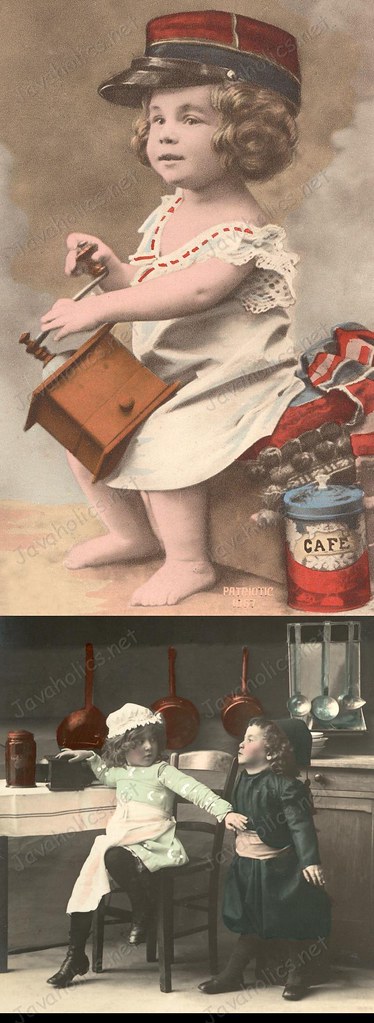

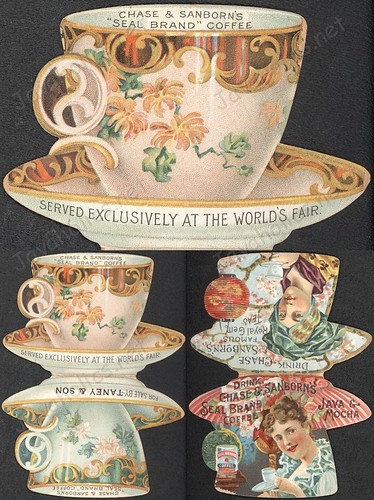
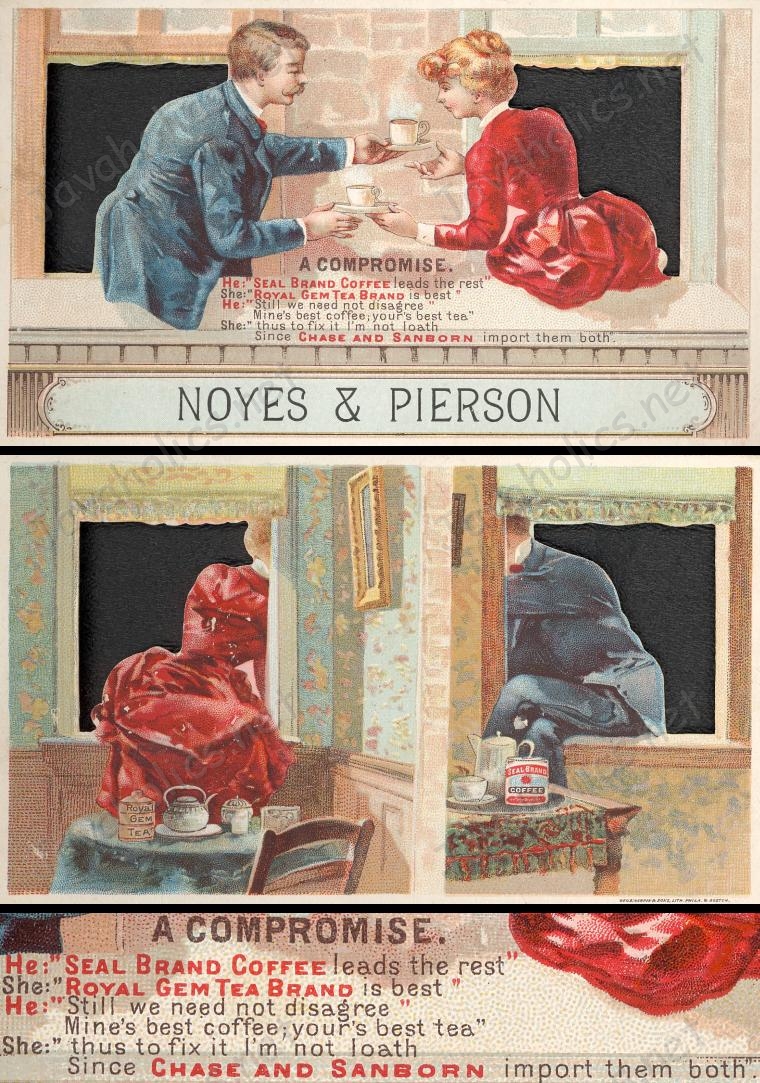

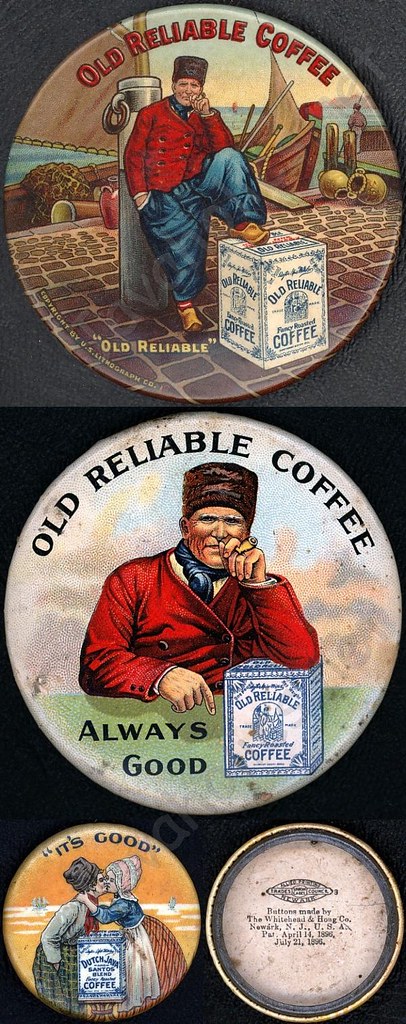
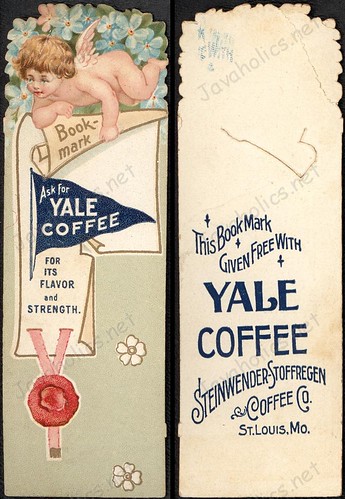

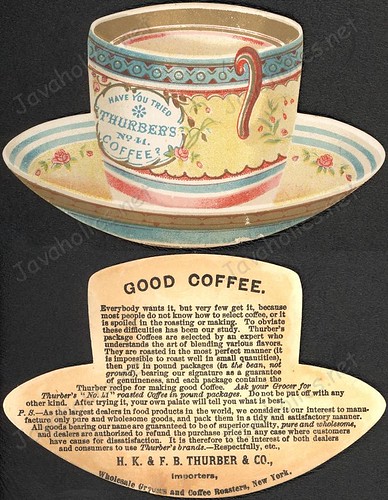
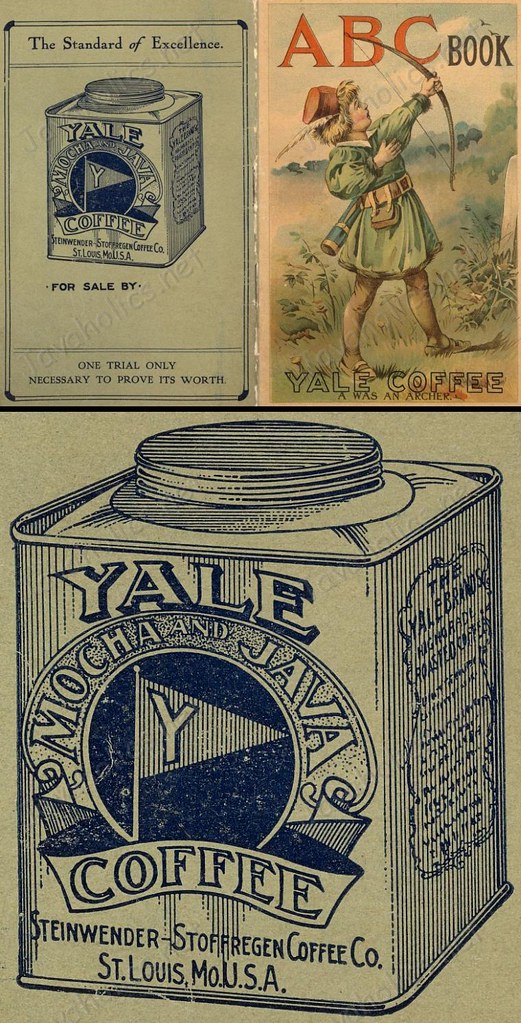
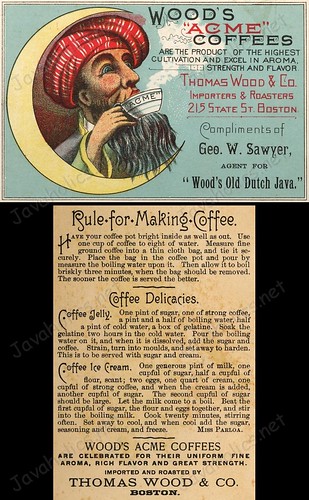




Containers & stuff... 
Mirrors, Pinbacks & more...
Рекламные ухищрения 
Coffee Scoops & Stuff...
Coffee Measures & other stuff...-Кофейные мерные штуки.
У нас имеется один экземпляр из Бургундии, красивая старинная мерная ложечка, приходите в гости взглянуть влюбиться и купить!













